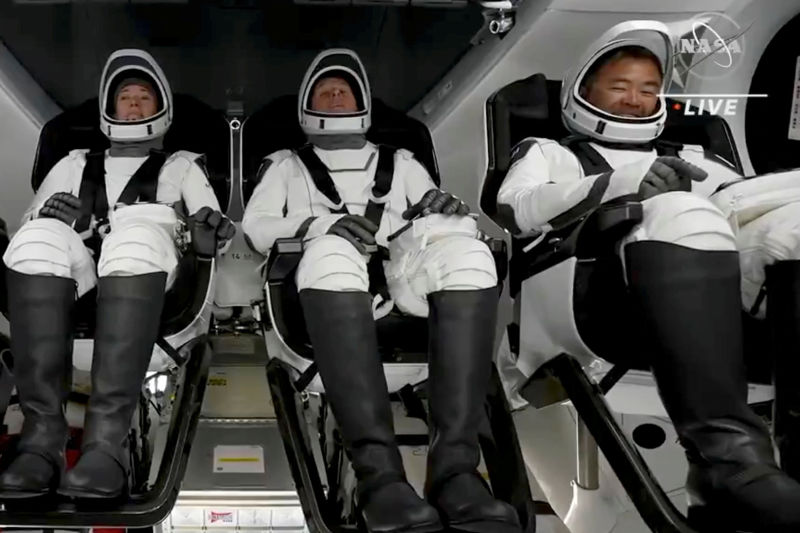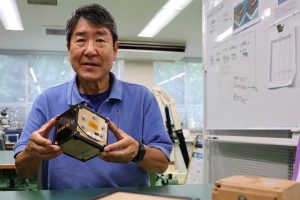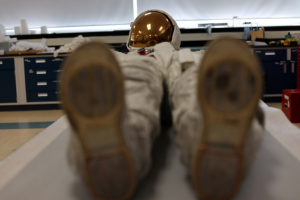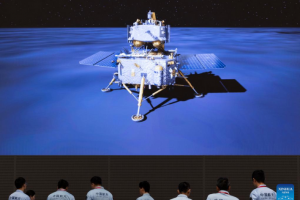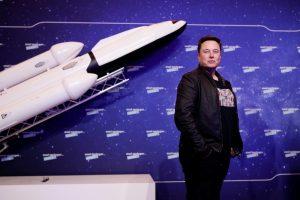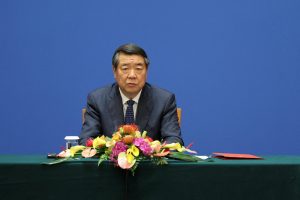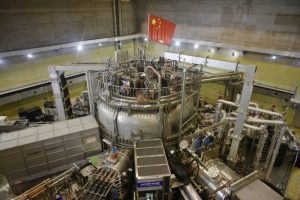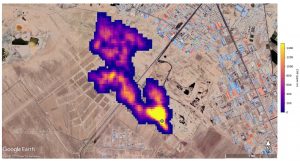The US space programme is likely to increase its Asia-Pacific cooperation, especially with Japan, as it tries to counter China’s civil and military aspirations.
Space cooperation was on the agenda when President Joe Biden and Prime Minister Fumio Kishida met in Tokyo this week.
Japan has said it hopes to put one of its astronauts on the lunar surface in the latter half of the 2020s as part of NASA’s Artemis programme to return humans to the moon.
A Japanese astronaut would be the first non-US citizen to walk on the moon’s surface.
Japan has an extensive space programme, mainly focused on developing launchers and exploration probes, but it doesn’t have a human flight programme and has relied on the US and Russia to carry its astronauts into space.
The allies announced progress in the Artemis programme and confirmed their intention to include a Japanese astronaut on Gateway, a human outpost near the moon.
Japan’s ambitions, and investment, are welcomed by the US as it tries to stay ahead of China in a potential new space race. Beijing plans to complete its first space station by the end of this year.
The Japan Aerospace Exploration Agency (JAXA) last year reopened astronaut recruitment for the first time in more than a decade to revive its pool of ageing astronauts.
Last month, US ambassador Rahm Emanuel, seen below on left, visited JAXA’s Tsukuba Space Center to discuss joint activities with the US National Aeronautics and Space Administration (NASA).
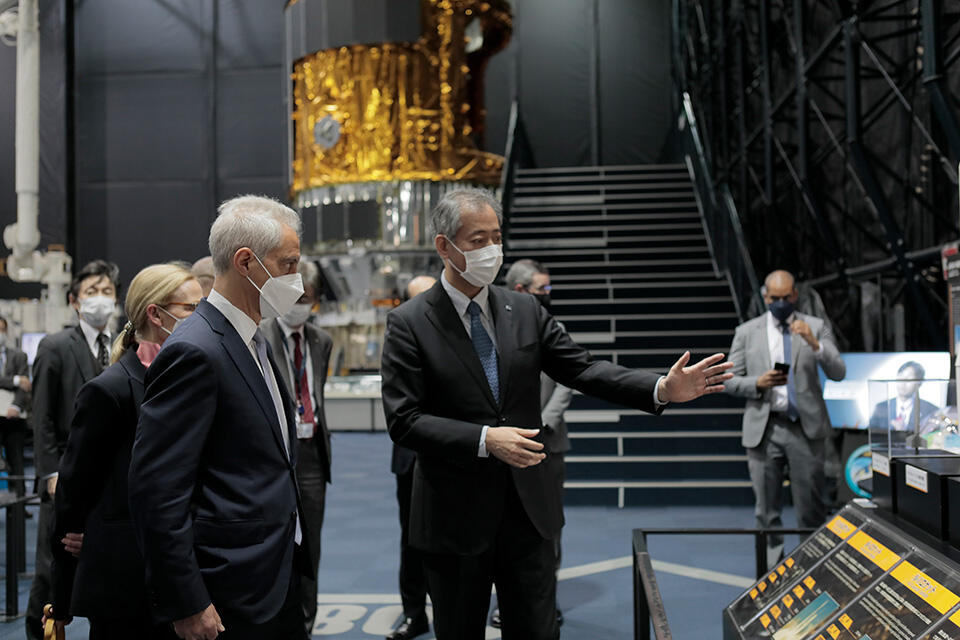
Outpost for Moon Landings
JAXA is due to help the European Space Agency (ESA) build the main habitat module of the US-planned orbiting lunar outpost, Gateway, that will be used in moon landings.
Japan also built the Kibo experiment module on the International Space Station and resupply missions have been lifted into space by its heavy launch rockets.
Japan’s aerospace industry was dismantled at the end of World War Two but it has fostered a revival through industrial heavyweights such as Mitsubishi Heavy Industries and Mitsubishi Electric.
MHI rockets launching from the Tanegashima Space Centre off the southwestern island of Kyushu have delivered payloads including the Michibiki satellites that have bolstered the US global positioning system (GPS) in Asia.
The launch of the new H3 rocket being developed by MHI and JAXA was delayed earlier this year due to engine problems.
Biden earlier met with new South Korean President Yoon Suk-yeol in Seoul, where they agreed to strengthen cooperation in all space-related sectors.
The growth of the US private space industry – such as through Elon Musk’s SpaceX – has transformed the market for launch services.
Japan also aims to cultivate its space startup scene with businesses including debris removal company Astroscale and Ispace, which is developing landers and rovers for lunar exploration.
Billionaire Yusaku Maezawa became the first private passenger to visit the ISS in more than a decade after launching on a Soyuz rocket in December.
- Reuters, with additional editing by George Russell
READ MORE:
AF TV – Japan Billionaire Yusaku Maezawa flies into space
China Fears US Will Use SpaceX to Bring Calamity to World
Chinese Astronauts Return to Earth After Longest Space Mission




